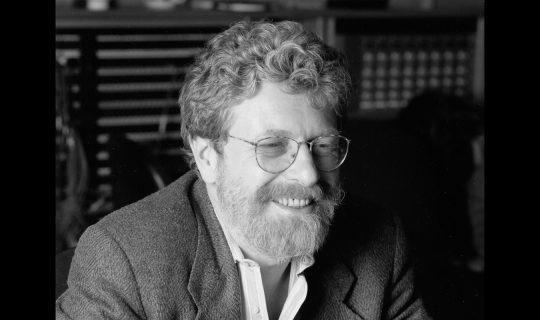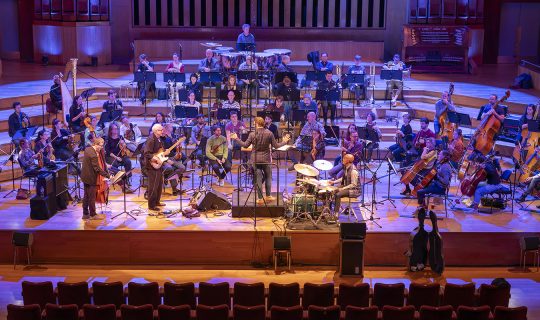October 10, 2012
In the jazz world, 1959 was a year where titans reigned, where nearly every name you could think of put out recordings that would define their eras, their careers, or in a few lucky cases, their entire field. Along with the likes of alto saxophonist Jackie McLean, pianist Horace Silver and trumpeter Donald Byrd, guitarist Kenny Burrell was one of a host of artists who had emerged in the mid ’50s and would personify the Blue Note roster by the end of the decade. But while the rich succession of albums that took shape in Rudy Van Gelder’s studio played a major part in the steady establishment of the label’s credentials and the ensuing renown of the artists who recorded there, one of the finest sessions of Blue Note’s 1959 season came from outside the studio’s confines—in a club gig recorded some 53 years ago.
On View at the Five Spot is a striking record, a peculiar blend of laid-back atmosphere and breakneck virtuosity that rewards casual and close listening equally well. Sit back, and you can soak in an ambiance that rides off tastefully played jam-session vibes. Lean forward, and you can take stock of how Burrell, who turned 81 on July 31, offers a dexterous style that rolls out clean-toned, feverishly dense yet limber single-note solos—a sound that fusion-era up-and-comers were still copping moves off fifteen years later. With his blues-to-bop-and-all-points-between versatility, Burrell works his way over, under around and through a murderer’s row of stylistically varied standards to acrobatic effect. His solo on the Dizzy Gillespie number “Birk’s Works”” is slick and supple, fluidly shifting between smooth burbles and sharp jabs. The Gershwins’ “Lady Be Good” gets one of its most superlative run-throughs since frequent Burrell collaborator Jimmy Smith’s A New Sound… A New Star rendition three years earlier, teasing a simple but brisk blues riff that quickly catches fire into something further towards the outer edges of hard bop. And “Lover Man,” still indelibly associated with Billie Holiday and Charlie Parker at the time, is explored with a suitably melancholic and gentle touch that still manages to pack in some impressive flurries of cascading notes. Indeed, in his autobiography One Train Later, guitarist Andy Summers of the Police claimed this version of “Lover Man” contains “one of the best jazz guitar solos ever recorded.”
The backing band for this session was a bit impromptu, but they click nonetheless. There’s a reason Art Blakey’s name is the same font size as Burrell’s on the cover, beyond name recognition and the promise of two greats in a rare collaboration. His drumming provides the chassis, the swing, and (particularly in the mallet-wielding “Hallelujah”) some of the solo fireworks. Jazz Messengers sideman Bobby Timmons and an early-career Roland Hanna take turns on piano, with the former’s sprightly touch, best heard in “Lover Man,” offset by the latter performer’s sharp edge on tunes like “Hallelujah” and “36-23-36.” And saxophonist Tina Brooks puts in a memorable appearance, less than two years before his final session, offering one of the better performances of his too-short career with some tenor work that complements Burrell’s melodic fusillades nicely. Burrell’s most definitive recordings may have been studio sessions, and On View at the Five Spot is more of a contrast to later, more blues-inflected career highlights like 1963’s Midnight Blue than a complement. But bottling lightning clearly wasn’t a bad way for producer Alfred Lion to spend a late August night in one of jazz’s most pivotal years.




